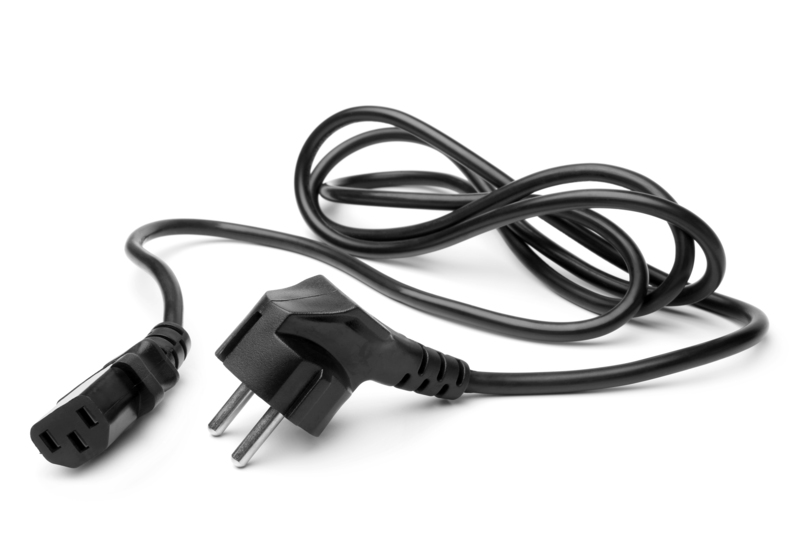Moving Tips for Cat and Dog Owners
Posted on 29/05/2025
Moving to a new home is a significant event for everyone in the family, including your pets. For cats and dogs, changes in environment can be particularly stressful. This article provides essential tips to help alleviate anxiety and ensure a smooth transition for your furry friends.
Plan Ahead
The key to a smooth move with pets is thorough planning. Start by researching pet regulations for both your current and new residence, as well as any stops along the way if you're doing a long-distance move. Ensure that your pets' identification tags and microchip information are up to date.

Visit the Vet
Before the move, schedule a visit to the veterinarian for a thorough check-up. Ensure your pets are healthy and obtain copies of medical records, a supply of any necessary medications, and recommendations for veterinarians in your new area.
Maintain Routine
Pets are creatures of habit. Keeping their routine as stable as possible can help reduce stress. Feed them at the same times each day, adhere to regular walking routines for dogs, and make time for play sessions with cats.
Introduce Moving Supplies Gradually
Pets can become anxious when they see moving boxes and packing supplies. Introduce these items gradually to desensitize them to the upcoming changes. Allow your pets to explore the boxes and get used to the new environment.
Safe Spaces
Create a safe space in your current home where your pets can retreat, away from the chaos of packing. This can be a quiet room with their favorite bed, toys, and treats. Similarly, set up a designated safe space in the new home before releasing your pets from their carriers.
Transporting Pets Safely
On moving day, ensure your pets are secure and comfortable. Cats should be in carriers, and dogs should be harnessed or in a travel crate. Never transport your pets in the back of a moving truck. Keep them with you in the car and make sure they have access to fresh water and ventilation.
Settling into the New Home
Allow your pets to adjust to one room at a time in your new home. Gradually expand their space as they become more comfortable. Maintain their routine and provide familiar items like bedding, toys, and feeding bowls to soothe them.
Monitor Behavior
After the move, keep an eye on your pets' behavior. It's normal for them to be anxious or to hide initially. However, if they show signs of extreme stress such as loss of appetite, excessive grooming, or destructive behavior, consult your veterinarian.
Pros and Cons of Moving with Pets
Pros:
- Pets bring comfort and familiarity to a new home.
- They can help reduce the stress of moving for other family members.
- Pets adapt to new environments, creating a sense of normalcy quickly.
Cons:
- Pets can become stressed, leading to behavioral issues.
- The logistics of moving with pets can add complexity to the move.
- Additional costs may arise, such as pet-friendly accommodations or services.
Final Tips
- Create a moving checklist that includes your pets' needs.
- Consider using pheromone sprays or diffusers to reduce anxiety.
- Introduce pets to movers or friends helping with the move to reduce fear.
- Update your address information with your pet's microchip registry and get a new ID tag.

Key Takeaways
Even with the stresses of moving, careful planning and attention to your pets' needs can go a long way. Maintain routines, create safe spaces, and introduce new environments gradually. Always prioritize your pets' health and comfort during the entire moving process.
Conclusion
Moving with cats and dogs requires extra consideration, but with the right strategies, it can be a smooth experience for everyone involved. By planning ahead, maintaining routines, and providing safe spaces, you can help your pets adapt to their new environment with minimal stress.
By following these tips, you will ensure a less stressful transition for your furry family members and make your new house feel like home faster.





